Tansy Ragwort (Senecio jacobaea)
2A, common in isolated areas of Montana
Quick ID
- Bright yellow daisy-like flowers, each 1” in diameter or less, 20-60 per cluster
- Flowers generally have 13 petals
- Some plants are 4’ tall or more
- Leaves produce rank odor when crushed
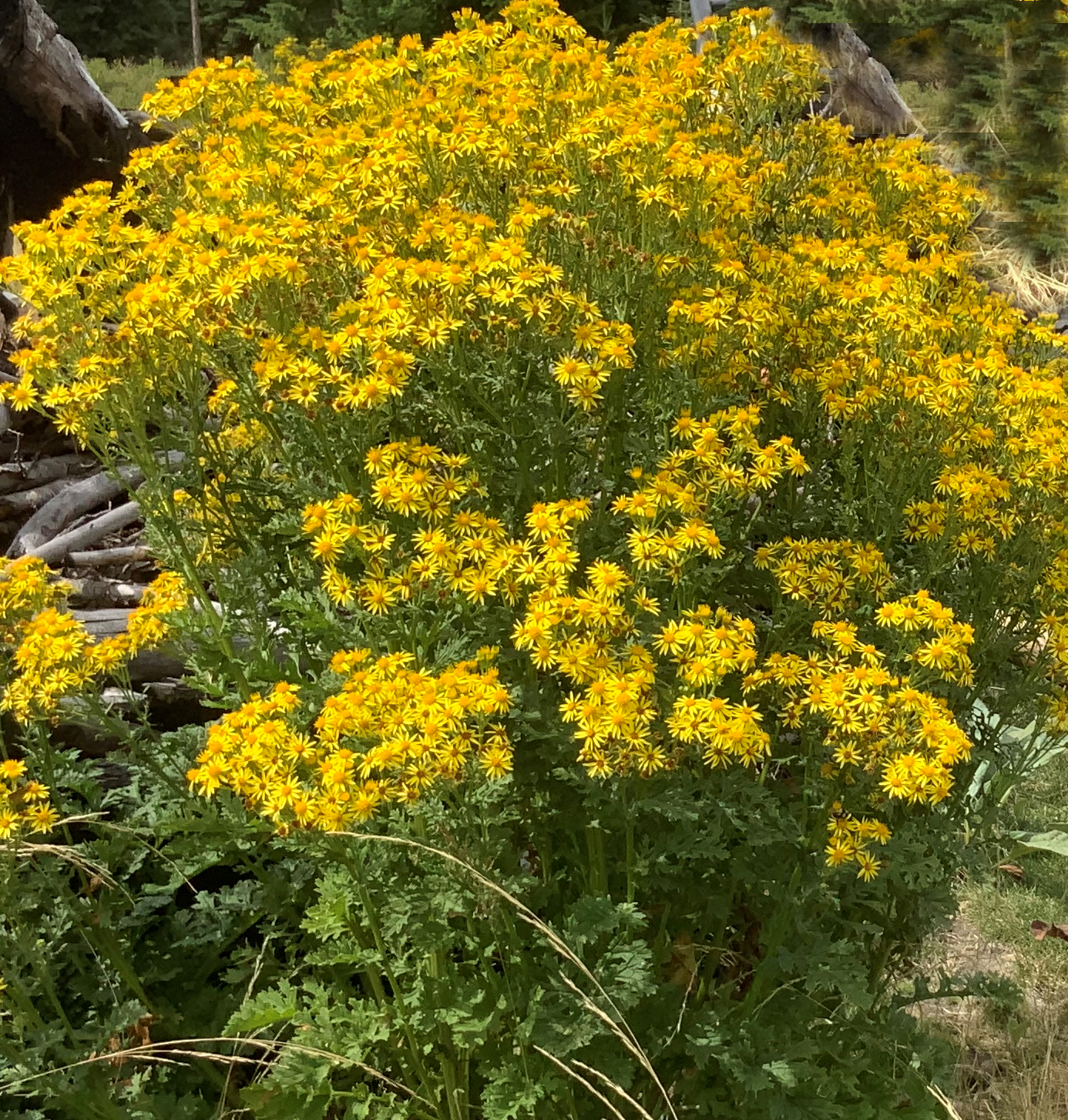
Tansy Ragwort Plant
Video Information
Weed Images
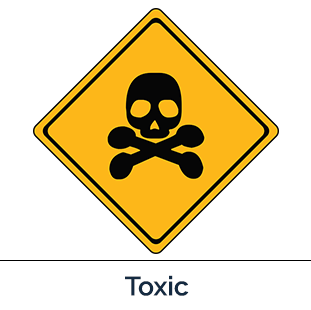
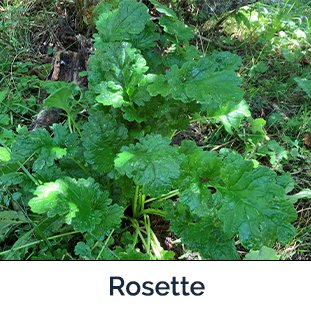
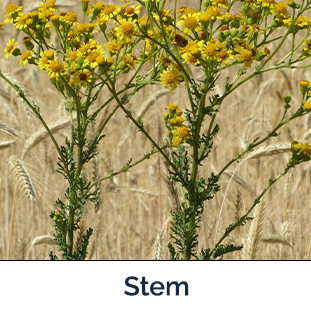
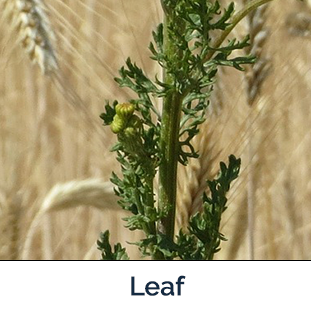
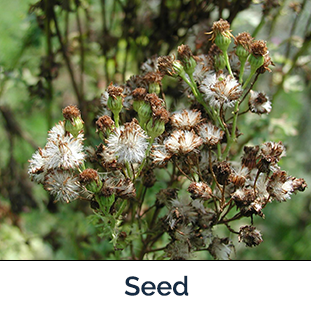
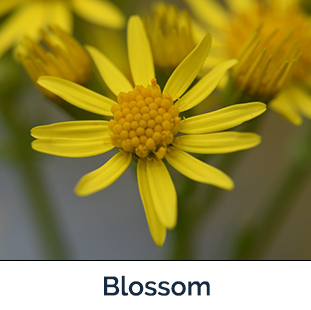
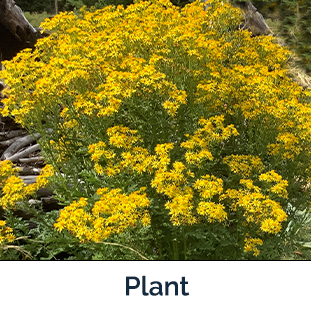
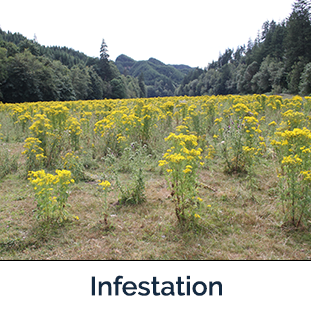
Weed Specifications
| Type | Information |
|---|---|
| Toxicity | Toxic and can be lethal to cattle, horses, and deer, because of pyrrolizidine alkaloids in the plant. |
| Best Management Practices | Hand pulling before the plant goes to seed, digging getting the entire root, biocontrol, and herbicide *See additional documents below. |
| Habitat | Disturbed soil of open forest or meadows, often associated with timber harvest or fire, prefer cool, moist climates and 20” or more annual precipitation. |
| Root | Fibrous taproot, root fragments can produce new shoots. |
| Leaves | Deeply lobed, ruffled and green on top, lighter green on the underside, alternate, younger leaves have web-like hairs. |
| Lifespan | Biennial or short-lived perennial. |
| Similar Looking Plants | Common tansy, common groundsel, St. John’s wort. |
| Important Information | Each plant can produce 150,000 or more seeds and seeds can remain dormant in soil for 15 years, primarily reproduce by seeds but can also establish from vegetative buds, even populations thought to be eradicated must be monitored for several consecutive years. |

